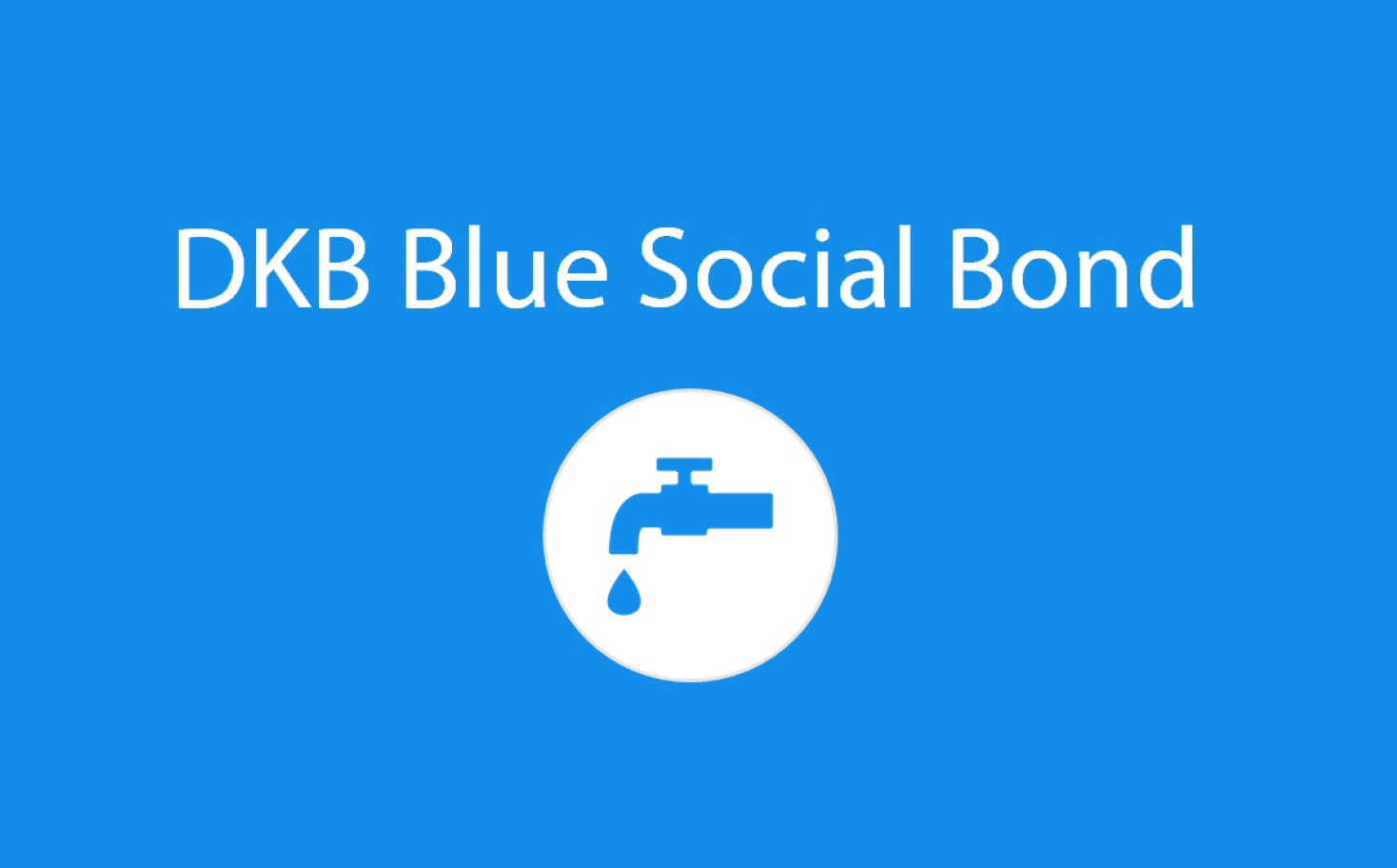Social bonds take sustainable bonds to the next level
The world is currently in the midst of a paradigm shift, with climate change and its potential implications forcing a swift and radical change of mindset within our societies. Sustainable behaviour is the order of the day – and that also applies to economies and the players who drive them. Like the industrial and digital revolutions before it, the sustainable revolution is the force that is now set to completely change the way in which business decisions are made.
It began no later than 2015. This was the year in which, in addition to the Paris Agreement, the United Nations’ 17 Sustainable Development Goals (SDGs) were adopted as a new global compass. The financial industry, too, is called upon to actively support this process of transformation and help channel capital flows into sustainable investments.
While green bonds have already established themselves in the capital market as a recognised market segment for funding environmental projects, investors and issuers are now increasingly focusing on social bonds. These bonds are based on a broader understanding of sustainability, with greater emphasis on the social aspects behind the assets to be financed. Social bonds can be used, for example, to promote investments that deliver socio-economic added value for the population, such as access to the basic necessities of life (e.g. clean drinking water, healthcare and education), affordable housing or food security. As the term “social” covers a very wide range of meanings, it is important to arrive at a common understanding of the social character of economic activities. This is where the SDGs come into play, as they not only set out the 17 main objectives, but have also developed various sub-objectives for the guidance of investors and issuers. The methodological framework for structuring social bonds is provided by the Social Bond Principles (SBP), a voluntary standard created by market participants and subject to continuous development. Like other bonds, social bonds can be issued in various formats (e.g. secured/unsecured). The market share of this young bond segment is still very small, but growing at an ever increasing rate. Whereas initially the bonds were issued mainly by development banks, it is now increasingly commercial banks that recognise and utilise the potential offered by this funding method.
One example is Deutsche Kreditbank (DKB), which sees itself as #geldverbesserer (#moneyimprover) in the context of sustainable finance. DKB is already considered a green bond pioneer and has since placed three social bonds successfully, either in benchmark format or as a retail issue. The social Pfandbriefe are based on the Bank’s social bond programme and fund loans in the areas of social housing, public supply, health & care and education & research. The broad framework gives investors the opportunity to address a range of social goals.
DKB has added another innovation to its portfolio with its most recent transaction. The Blue Social Covered Bond (WKN SCB002) was the first bond in the world to focus on water in the context of a covered bond and a social bond. The “blue” public Pfandbrief will be used to refinance public water and wastewater facilities in Germany. The bond therefore combines ecological and social issues, but also demonstrates how much sustainable potential can be found lying dormant in public cover pools. The transaction was extremely successful. With almost one hundred investors and an order book more than four times oversubscribed, the issue posted the best bid-to-cover ratio of any sustainable covered bond in the EUR segment to date. This is testimony to the keen investor interest shown when innovative sustainable approaches are combined with the tried-and-tested Pfandbrief format. This creates new funding alternatives for DKB and thus for other potential issuers besides. It also allows us to expand our business model and the range of securitised assets so as to develop a sustainable perspective that goes beyond purely ecological aspects.
For DKB, this understanding is also reflected in the “blue” sustainability approach, which serves as a guiding principle for the Bank’s corporate strategy and its sustainable development going forward. Here, too, the SDGs provide a framework that allows the Bank to assign its business activities to individual sustainability objectives and to determine their impact.
The range of topics covered by the SDGs will also promote the further development of sustainable bonds, with social bonds set to play a key role in this respect. The vdp and its member institutions are already working on developing a standard for social Pfandbriefe in addition to the green Pfandbrief. In this way, the Association seeks to promote the further development of this segment and, at the same time, set new standards for innovative and sustainable products.




